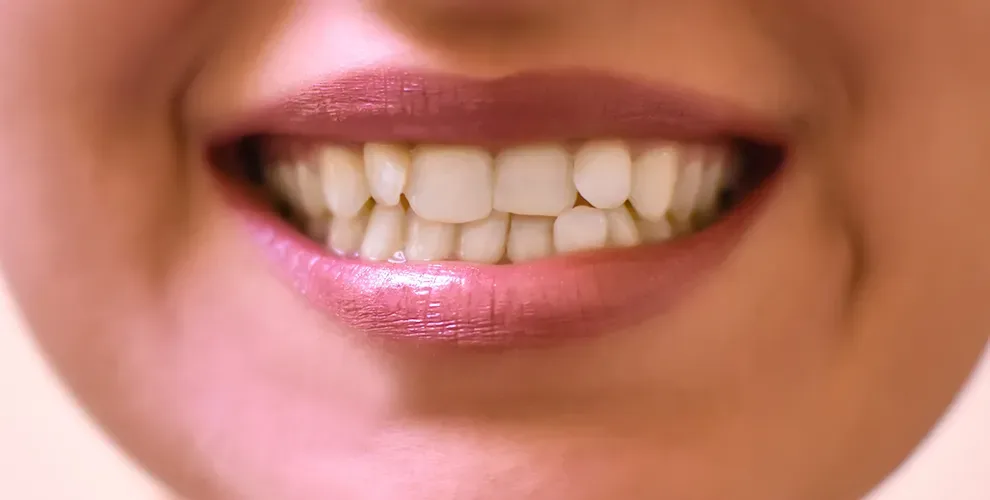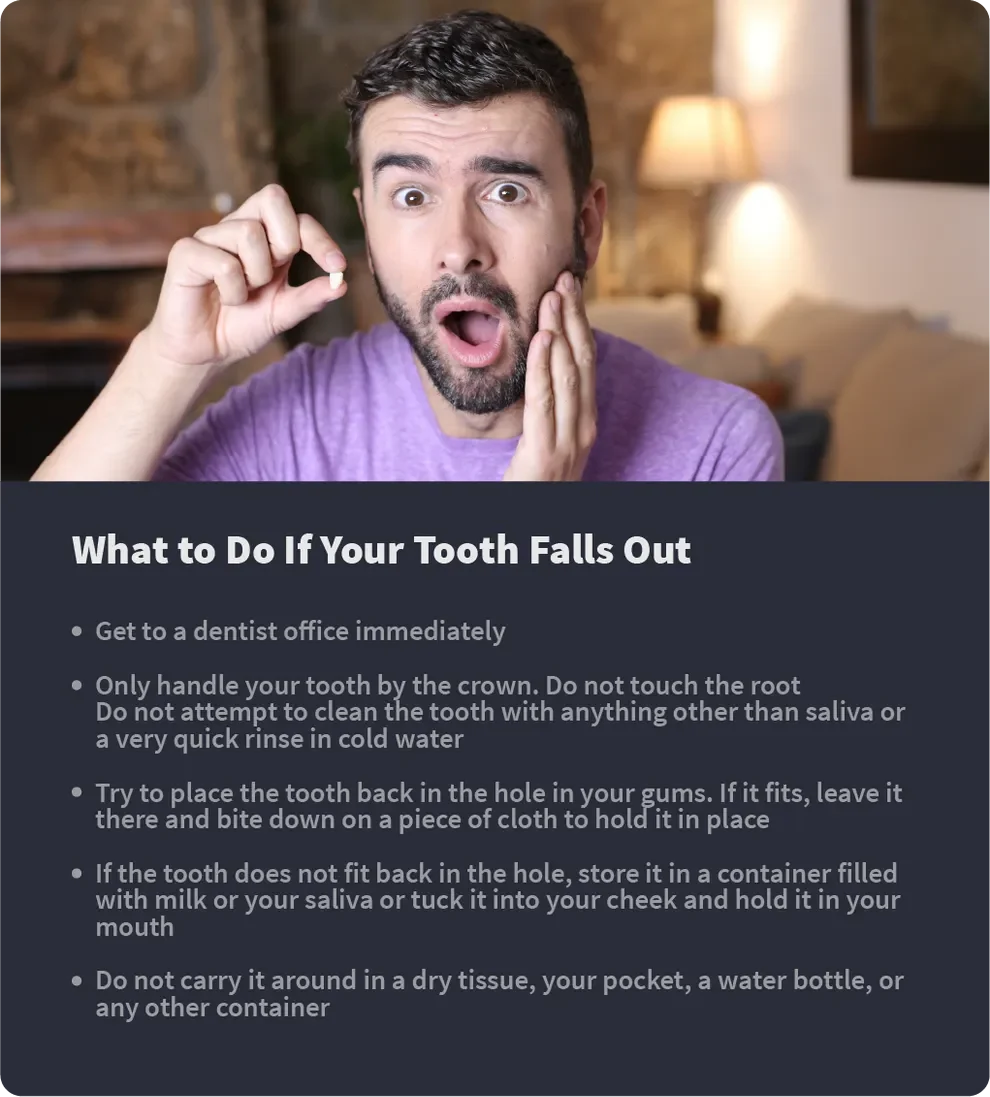How to Manage a Loose Tooth Properly - A Dentist’s Advice

Table of Contents
- For Children
- For Adults
- References
Loose teeth are a common occurrence in both children and adults. Children’s baby teeth (primary teeth) naturally become loose and start to fall out around the age of 6. Adult teeth (permanent teeth) usually become loosened because of gum disease. Both children and adults can also sustain injuries that may loosen their teeth.
A loose primary tooth is usually nothing to worry about, and the best thing to do is to let it fall out on its own. A loose permanent tooth, however, requires immediate dental care. Seeing your dentist in a timely fashion can help you save a loose tooth, even if it has been completely disconnected from its socket. If your tooth cannot be reattached, you can ask your dentist to replace it with a false tooth.
Managing Loose Teeth in Children
Is It Safe to Pull a Loose Tooth?
Although it is normal for children's baby teeth to fall out eventually, it is never safe to pull a loose primary tooth on your own. If you do, you could damage the permanent tooth that is sitting just below the loose one. The force could even break the tooth’s root and leave the area open to infection. Your child can gently wiggle their loose tooth if they like, but aside from that, both of you should leave it alone.
Should You Let It Fall Out on Its Own?
It’s almost always best to let your child's loose primary tooth fall out naturally. When this happens, the tooth root will have weakened significantly, and there should be very little blood or pain.
In most cases, your child's adult tooth will be ready to erupt right underneath the new empty spot and will appear in a few months' time.
Should You Have a Dentist Pull It?
There are a few situations in which you should consider having a dentist pull your child's loose tooth.
If the tooth is causing your child significant pain or the gums around the tooth are swollen or leaking pus, your child may be developing an infection in that area. This is a serious condition that can become life-threatening if left too long, so be sure to see your dentist right away.
Your child may need a course of antibiotics or a root canal to stop the infection from spreading to the rest of their body. Pulling the tooth at the infected site may make it easier to clear out the infection and keep the site clean while it helps.
Your child’s dentist may also want to remove their loose tooth if the tooth is significantly damaged. Cracked or broken teeth are vulnerable to decay, and they are no longer structurally sound enough to be useful for chewing.
Because children have pristine replacement teeth coming in anyway, many dentists decide that it is not worth the risk to keep these compromised teeth in a child's mouth.
If you think your child might benefit from having their loose tooth pulled, ask their dentist about it.
When a tooth is loose, try to avoid touching your tooth as much as possible, and this includes not push it around with your tongue, attempting to straighten it out, or use any temporary splint because doing so can make things worse.

Managing Loose Teeth in Adults
What to Do if a Permanent Tooth is Loose
A loose permanent tooth is never a good sign, but the situation may not be as bad as it seems. Make an appointment to see your dentist as soon as possible, especially if the tooth is barely hanging on. The weaker its attachment to your gums and jawbone becomes, the less of a chance it has to be saved.
Try to disturb your tooth as little as possible while you wait for your appointment. Do not wiggle the tooth with your fingers or tongue.
If you need to eat, be sure to chew on the other side of your mouth. Be careful not to accidentally swallow your tooth if it does fall out.
Will You Always Lose a Loose Tooth?
A loose tooth is not always a lost cause. Depending on why your tooth is loose, how severe the problem is, and how quickly you act, you may be able to save it.
If your tooth is loose because of advanced gum disease, a deep cleaning (also called scaling and root planing) may help it to become firmly attached again. This procedure is similar to a standard dental cleaning, but cleans plaque and tartar that have collected far below the gumline. This treatment can help get your periodontal disease under control, and in some cases, your gums will tighten up again and hold your loose tooth in place.
If your tooth was loosened from trauma, the root may reattach itself during the healing process. A very wobbly tooth might need splint therapy to hold it in place while it heals and give it the best chance of remaining intact.
If your tooth suddenly feels a little bit loose and you don't remember injuring it, the problem is likely a sprained ligament. This happens when too much force is placed on the tooth. In the long run, you will likely need to correct your bite to better balance the distribution of force in your mouth. This will prevent further trauma to the teeth. In the short term, though, your loose tooth should stop wiggling in a few days as the ligament inside it heals.
What Do You Do If Your Tooth Falls Out?
If your tooth falls out, don’t panic, but get to dentist office immediately. He or she may be able to reattach the tooth if you visit them quickly. In the meantime:
Only handle your tooth by the crown. Do not touch the root.
Do not attempt to clean the tooth with anything other than saliva or a very quick rinse in cold water.
Try to place the tooth back in the hole in your gums. If it fits, leave it there and bite down on a piece of cloth to hold it in place.
If the tooth does not fit back in the hole, store it in a container filled with milk or your saliva. You can also tuck it into your cheek and hold it in your mouth. Do not carry it around in a dry tissue, your pocket, a water bottle, or any other container.
When you bring your tooth to the dentist, hygienists will clean it before the dentist attempts to reattach it. Reattachment involves splinting the tooth to the other teeth on either side of it. This should keep the tooth secure in your mouth while the root attempts to re-anchor itself to your jaw. You’ll know within a few weeks if the reattachment is successful.
Not all teeth that fall out can be saved, especially if it takes more than one hour for you to receive proper care. If the root does not successfully reattach, you will need to replace the tooth with a false one or simply live with the gap.
